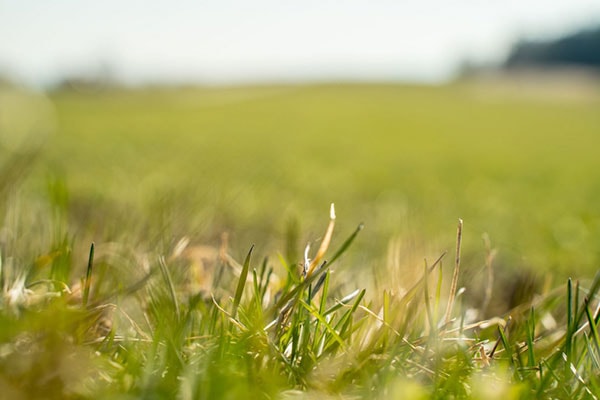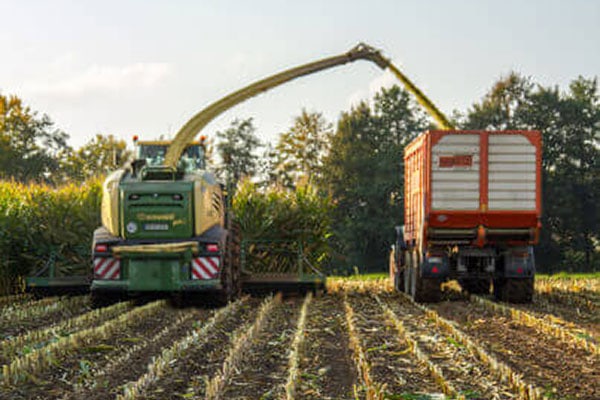The farm
Franck PERRODIN from SCEA des Champs Fleury farm in Brittany (france). An agricultural farm with 180 dairy cows and its own biogas plant.
- 3 partners & 2 employees
- 180 dairy cows
- 300 hectares of cultivated land
- 150 hectares of maize
- 100 hectares of grain
- 30 hectares of special grain mixture
- 15 hectares of alfalfa
Why the use of a silage inoculants?
The use of the Josilac® silage inoculantshas brought several positive results, such as better preservation and quality of the basic feed. Furthermore, there were hardly any losses, neither in the silo, nor in the “kitchen” or at the feeding table. Finally, the use of Josilac® made it possible to control the spread of mycotoxins.
The silage
The farm has 300 hectares of land at its disposal, which mainly produces grass and maize silage, as well as silage from a special mixture of cereals.which are stored in mobile silos.
To ensure a sufficient lowering of the pH value, the silo remains closed for at least 60 days before it is distributed to the cows.
The SCEA des Champs Fleury farm is equipped with a fully automated feeding system. Thus, cubes are cut out of the silo, which are temporarily stored in a kind of “kitchen”. Here the ration is mixed and finally distributed to the cows.
Since 2018 Josilac®combi and Josilac®extra have been used here for the production of the silages. The silage inoculant is easy to handle and is mixed in directly during harvesting, which enables an even distribution. The dosage is based on JOSERA’s dosage recommendation.
“Since using Josilac®, I have noticed a higher milk quality and better animal health. I recommend Josilac® for better feed preservation and quality of the ration.”
(Franck PERRODIN, SCEA des Champs Fleury)
You might be interested in the following contents:
Silage Management – the path to optimal grass silage
The forage is the most important component in the feeding of dairy cattle. Feed costs account for the largest portion of milk production costs.
Maize silage – What should be kept in mind
Every year it is important to bring the maize into the silo. The silage needs to remain cool and fresh because the cows do not need a warm meal.



